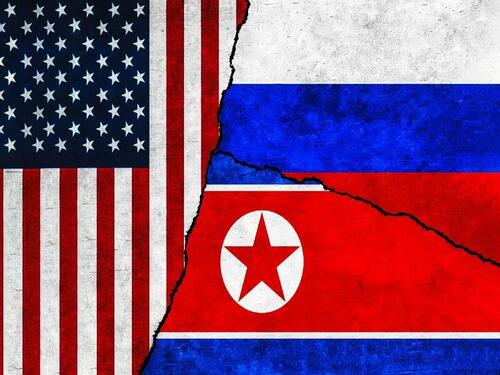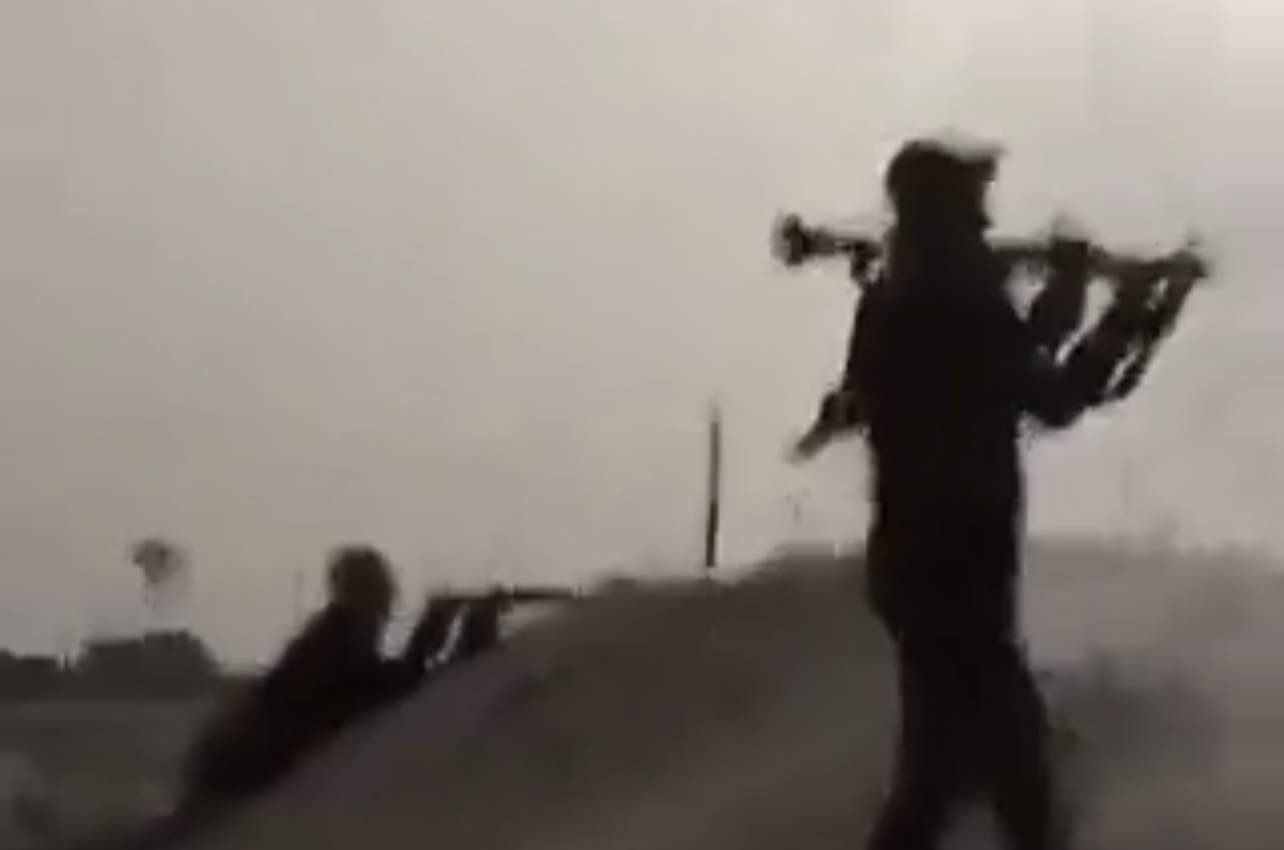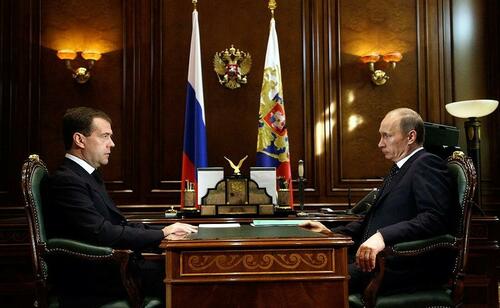
President-elect Donald Trump is considering rearranging White House press briefings in a move that could leave establishment media outlets out to dry.
Instead of hostile legacy media outlets, Trump could seat new media hosts such as Megyn Kelly or Joe Rogan.
Donald Trump Jr. revealed the plan Monday on his podcast, Triggered with Donald Trump Jr., with Michael Knowles.
Knowles inquired if “Karoline Leavitt is looking at the new press briefing room chart, [if] maybe it’s time to reorder that chart and maybe take away some people’s seats.”
Trump Jr. responded, “We’re gonna break some news here,” continuing, “I literally had this conversation with — I was flying back, I was on the plane with my father, I think it was coming back from the SpaceX launch with Elon [Musk] last week. And we were talking about the podcast world and some of our friends and Rogan and guys like you.”
He revealed his father responded, “That’s a great idea, Don.”
“So that may be something in the works,” Trump Jr. added.
The White House briefing room holds seats for only 49 credentialed members of the press. Yet while the White House controls who is credentialed, the independent White House Correspondents’ Association decides who is seated, and where.
WATCH — Sebastian Gorka Reveals How President Trump Rejects the Swamp Status Quo:
During his first administration, Trump temporarily banned CNN’s Jim Acosta from the briefing room. The White House relented after CNN launched a legal skirmish, and Acosta returned to briefings.
Podcasts have quickly gained prominence, including significant gains since Trump left office. But the White House Correspondents’ Association may be unlikely to welcome new media into their fold.
It’s unknown if Rogan or Kelly will be interested in being seated for press briefings.
Breitbart News Editor-in-Chief Alex Marlow also appeared on the episode of Triggered, during which Trump Jr. suggested Marlow should take over MSNBC if Musk buys the struggling network.
Bradley Jaye is a Capitol Hill Correspondent for Breitbart News. Follow him on X/Twitter at @BradleyAJaye.
Originally Posted At www.breitbart.com






